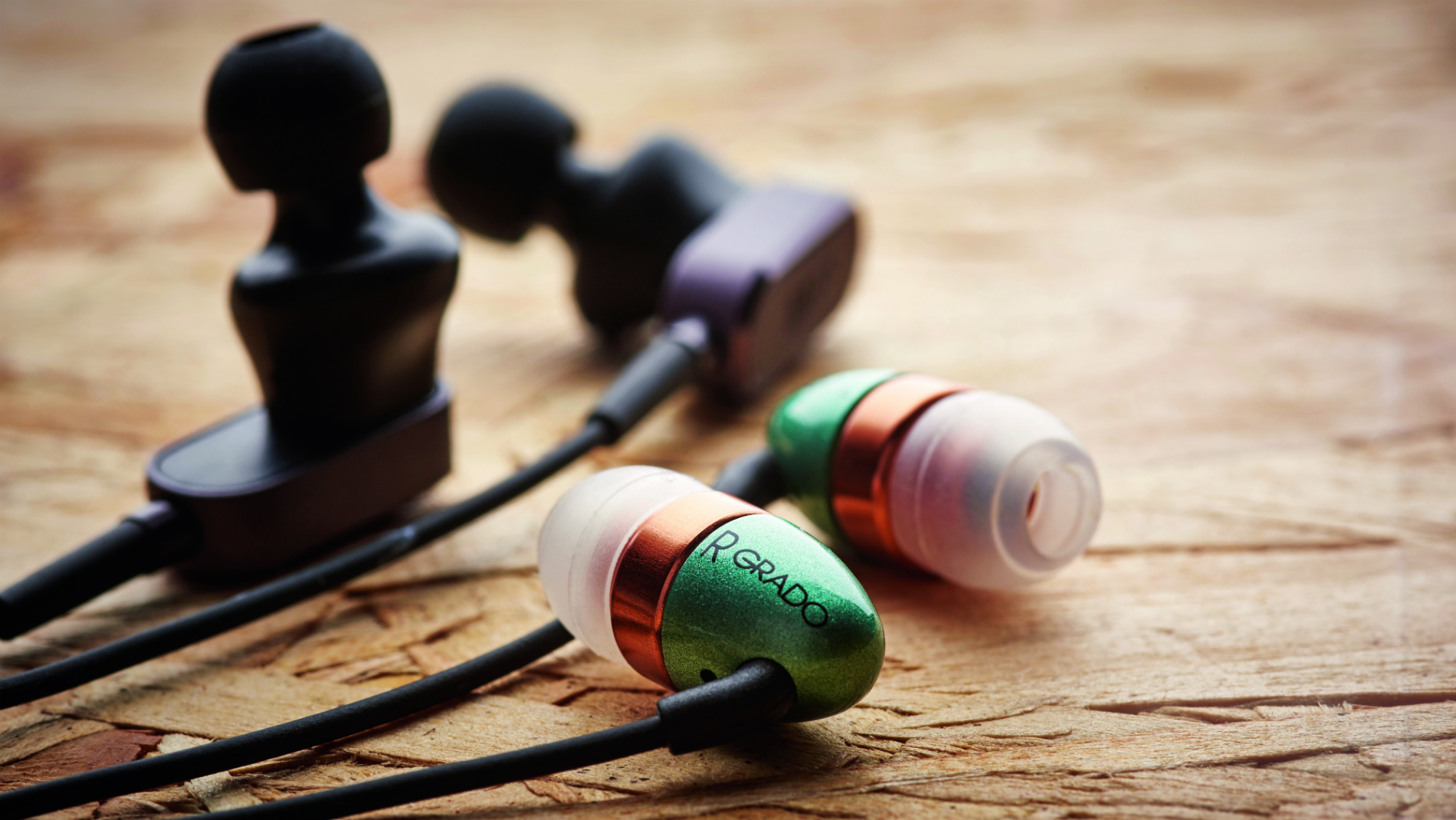
Everyone knows you can't rely on freebie headphones to deliver decent sound quality, which means it's time to invest in a decent pair. But which type should you choose?
Here, T3 presents the case for in-ear headphones. Unlike bulky over- or on-ear cans that look plain daft when worn out and about, in-ear headphones are a discreet and portable proposition. If you're the sort of person who spends a lot of time commuting or enjoying music on the move, in-ear headphones are definitely the way to go.
First, though, we need to establish what we actually mean by in-ear headphones. We're not talking about earbuds that rest inside the opening of your ear – the white ones bundled with an iPod, for example. These tend to be poor at blocking out external noise and fit badly in the ears, tumbling straight out if you so much as break into a gentle jog.
No, in-ear headphones (or IEMs – in-ear monitors) are designed to be pushed deep into your ear canal, using special silicon or foam tips to create a tight seal and pipe quality sound directly into your eardrums.
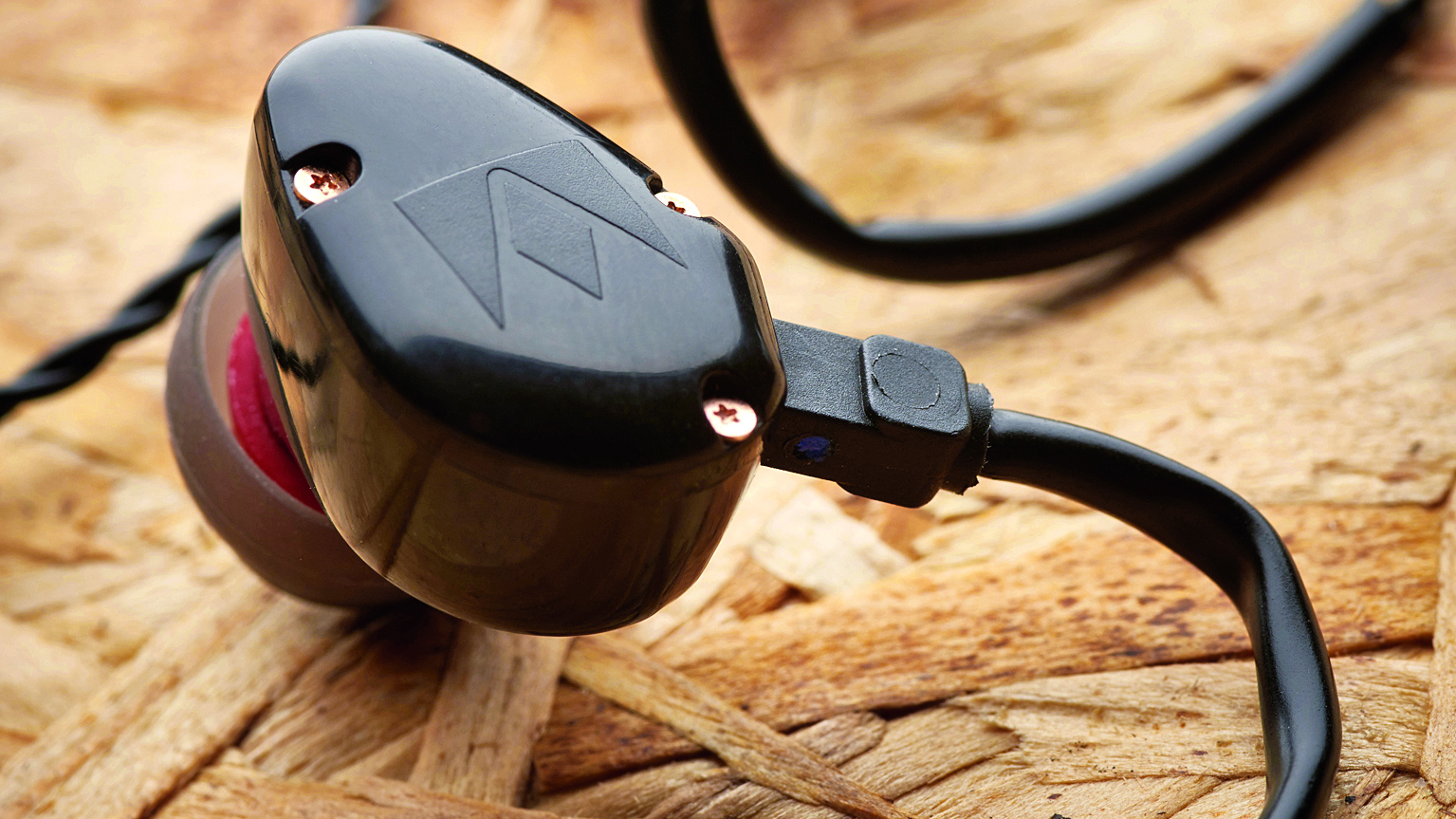
One of the biggest benefits of in-ear headphones is that they're great at shutting out external noise. Anyone who's ever sat on a train and had Taylor Swift's latest opus ruined by a humming engine or a yapping salesman will know what an appealing feature that is.
But they're not only designed to be used on the move. They're just as happy at home, plugged into a headphone amp, laptop or hi-fi system. Indeed, more expensive in-ears demand to be driven by more powerful equipment – you're never going to get the best performance out of high-end headphones by hooking them up to your iPhone.
Deciding that you want in-ear headphones is easy; choosing the right ones is not. After all, there are myriad manufacturers vying for your cash, each offering a range of models costing anywhere between £40 and £800.
Sign up to the T3 newsletter for smarter living straight to your inbox
Get all the latest news, reviews, deals and buying guides on gorgeous tech, home and active products from the T3 experts
Now, listen up
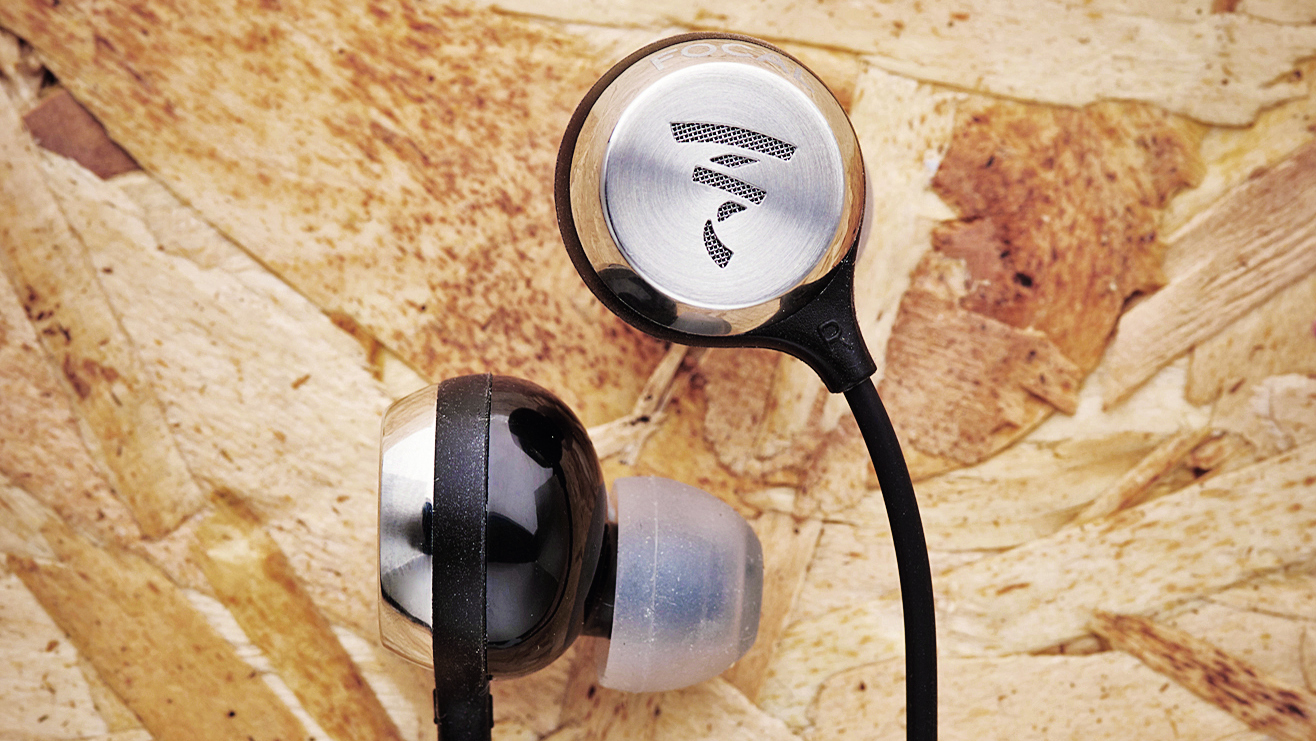
We know what you're thinking. How much difference can there actually be between small bits of plastic that you stuff into your ears? Well, quite a lot actually. They come in all shapes and sizes, and use different drivers, cables, ear tips, fitting mechanisms and enclosures.
For example, cheaper in-ear headphones, like the KEF M100s or the Focal Sphears, tend to use 'dynamic' drivers that cover the entire frequency range, while more expensive high-end models – the Shure SE846s, for example (which we'll discuss later) – use balanced-armature drivers that are designed to reproduce a specific frequency range. For that reason, balanced-armature models tend to use several drivers, with a crossover that splits the signal into frequency bands and sends them to the relevant drivers.
Unlike balanced-armature drivers, dynamic drivers work by moving air, and therefore a single dynamic driver will usually be better at reproducing bass than a single balanced-armature driver. They're also cheaper to buy, and more durable.
However, balanced-armature headphones tend to be better at reproducing fine detail, which could be a key consideration for audiophiles seeking a more refined sound. Some in-ears, like the Sony XBA-H1s, combine both and give you the best of both worlds.
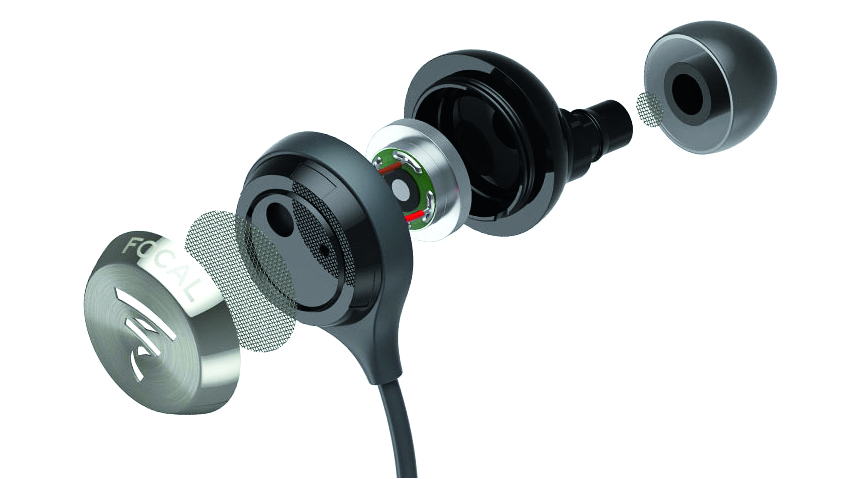
All of which brings us neatly to the most important consideration when buying in-ear headphones – the sound quality. As with any audio product, this should be the driving force behind your decision. But it's not just about sounding good, it's about fi nding a sound that suits your taste. For example, if you're a bass junkie, we reckon you should look at something like the Audio Technica ATHCKR10s, which use the world's first push-pull driver system to deliver astonishingly deep and full bass notes (not to mention full Hi-Res frequencies up to 40kHz), whereas fans of a leaner and more neutral sound will be better off with the £399 Noble Audio Savants.
We should point out, however, that the performance of any in-ear headphones is largely governed by how snugly they fit into your ear canals – particularly when it comes to bass. To hear the deepest, punchiest bass notes, you'll need to make sure the ear tips form a tight seal inside your lugholes. For that reason, most in-ear manufacturers supply a wide range of interchangeable ear tips in different sizes to help you find the best fit for your ears. Cheaper models tend to off er silicon tips, but some throw in foam tips that mould comfortably to the shape of your ear canal.
Be sure to experiment with a range of sizes. It can be a tricky process, uncomfortable even – particularly if you're new to in-ear headphones – but find the right fit and you'll get something approaching a eureka moment. As a bonus, a pair of well-fitted headphones should be adept at keeping out any external noise, which means you won't have to turn up the volume to drown it out.
More sound for your pound
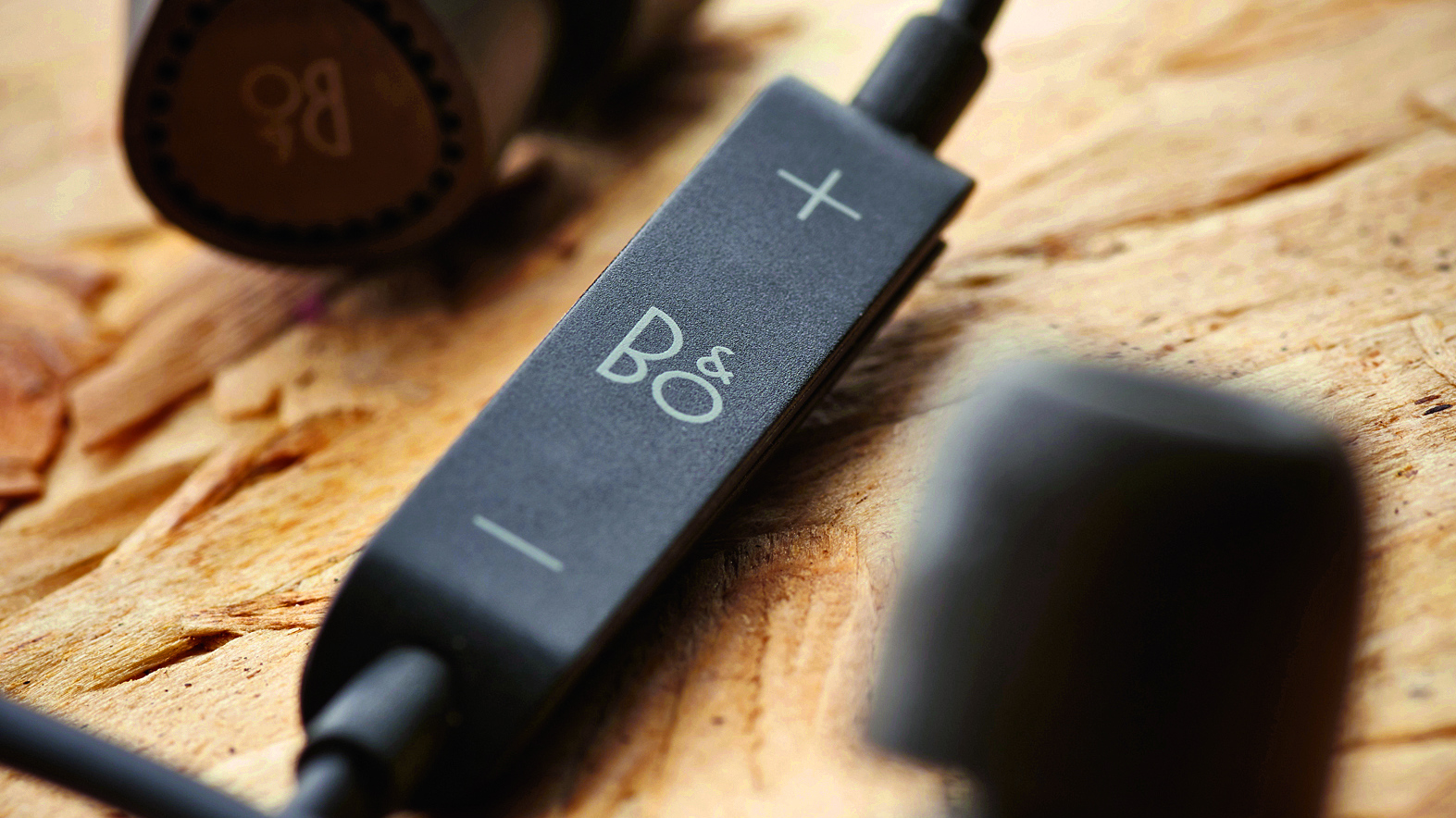
There are plenty of in-ear headphones on the market, covering a range of budgets, but it's worth noting that even an affordable pair of in-ears will likely offer a big step-up in performance from freebie earbuds. Take the Focal Sphears, for instance, a fine example of in-ear 'phones that don't cost the earth but do deliver a sparkling performance. Their gorgeous detail, clarity and punchy bass make for a compelling listen, sounding more refined and powerful than you might expect for the money. A bit more attack wouldn't go amiss, perhaps, but we love how they deliver a clean and engaging sound from any source.
The design is nifty, too, with a silver in-line mic button conveniently positioned on the Y part of the cable. The build quality is terrific – particularly the stainless-steel ring and grille, the latter of which uses the Focal logo as a bass reflex port. Th is contrasts strikingly with the gloss-black finish that coats the other half.
The lightweight, rounded design nestles nicely within the contours of your ear, fitting securely without the need for over-ear hooks. And with three different sizes of silicon and foam tips to choose from, you shouldn't have any trouble finding that airtight seal we've been talking about.
Joining the Focal headphones at the more affordable end of the premium in-ear market are the KEF M100s. They come in four delicious colours – Racing Blue, Sunset Orange, Titanium Grey and Champagne Gold – and use a distinctive racetrack enclosure with diamond-cut, chamfered edges. The attention to detail is delightful. They're also remarkably lightweight and sport Apple-compatible in-line controls that enable you to pause playback and adjust volume without taking your device from your pocket.
With 10mm neodymium drivers on board, and a unique angled chamber that minimises distortion, the M100s sound fabulous. Their sound is really crisp and lively, rendering high frequencies with poise and precision. They dig surprisingly deep into the low frequencies, too, but with enough agility to prevent everything sounding muddy. It's a beautifully balanced presentation, trying hard not to overstress any particular frequency, which means you can listen to your music for long periods without fatigue setting in.
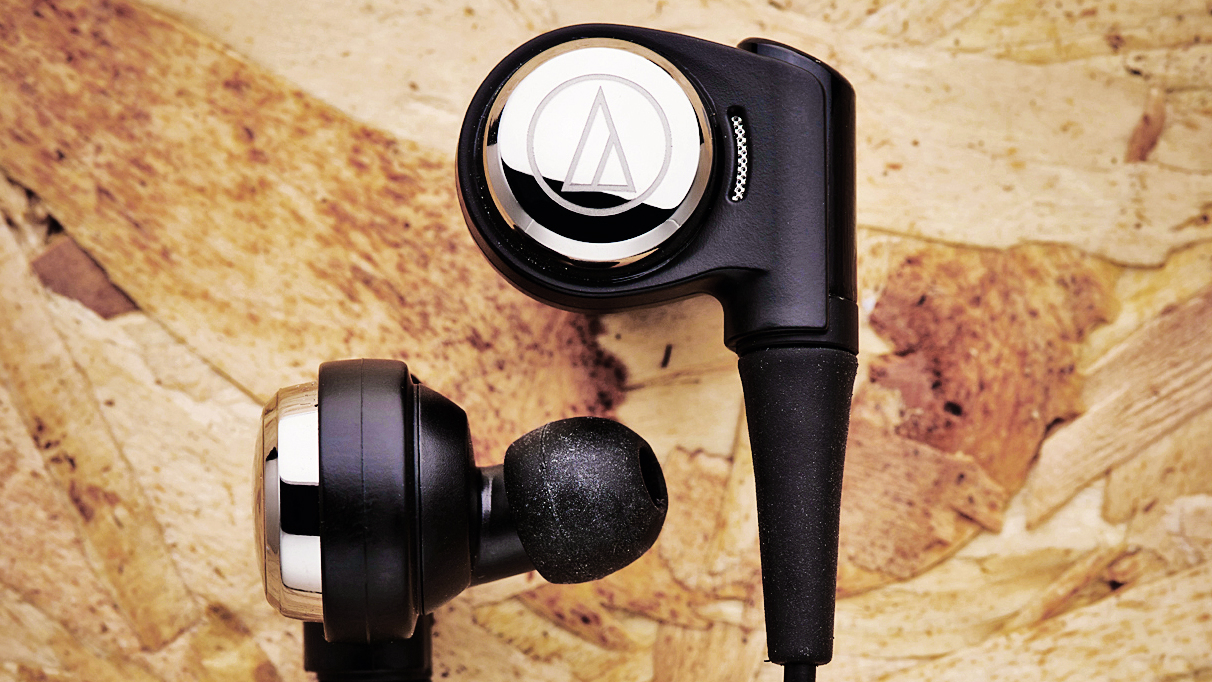
Moving into high-end territory, the £400 Noble Audio Savants don't exactly scream 'premium' with their plasticky bodywork, but they're actually remarkably comfortable to wear, and the twisted detachable cable is a cut above. They're kept in place with bendable over-ear hooks and offer a hugely generous choice of 12 rubber eartips.
In action, they deliver a wonderfully transparent sound, presenting music with great honesty. Top-end detail is smooth and lucid, and there's tremendous subtlety in percussion and vocal nuances. It doesn't go overboard with the bass, which results in a rather more leaner sound than the other headphones featured here – something that might appeal to those who prize refinement over a thumping bottom end.
The Grado GR10es cost the same as the Noble Audios, but their funky design and build quality are light years ahead. Dressed in a cool green and copper finish, the streamlined metal bodies ooze class and nestle in the ears so comfortably, it's easy to forget you're wearing them. You'll find just three pairs of tips in the box, which is a bit stingy, but you'll forgive Grado as soon as you press play.
The GR10es are remarkable performers. Their sound is big and spacious, somehow creating a vast stereo image within the confines of your aural cavities. Bass is deep and weighty, giving your music a warmer, chunkier flavour than their similarly priced rivals, but it's balanced out by sweet treble and a full-bodied mid-range.
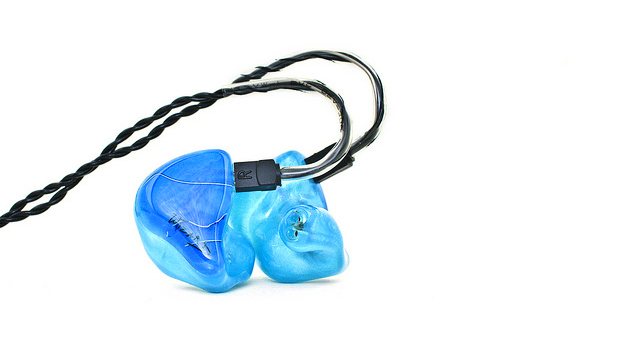
At the top end of the price range are the Shure SE846s, which come equipped with four balanced-armature drivers and Shure's True Subwoofer technology, which musters deep bass using a low-pass filter to roll off unwanted mid and high frequencies. In the box come a range of interchangeable filters that attach to the headphone nozzles and give you a warm, bright or balanced frequency response to suit your individual taste.
Despite their slightly lacklustre design, these are the crème de la crème of IEMs. Stiff over-ear cables and an extensive range of eartips ensure maximum comfort in your ears, and in terms of sound quality they're second to none. Authoritative bass notes, razor-sharp detail and stunning imaging combine to devastating effect. These are as close to true hi-fi as in-ear headphones get.
T3.com is one of the UK's leading consumer lifestyle websites and T3 magazine is its print counterpart. You can follow us on Twitter, Facebook and Instagram.
We present products in helpful buying guides and carefully curated deals posts across style, living, auto, smart home, watches, travel, fitness and more. We're delighted that 38,000 people buy a copy of T3 magazine every month.

